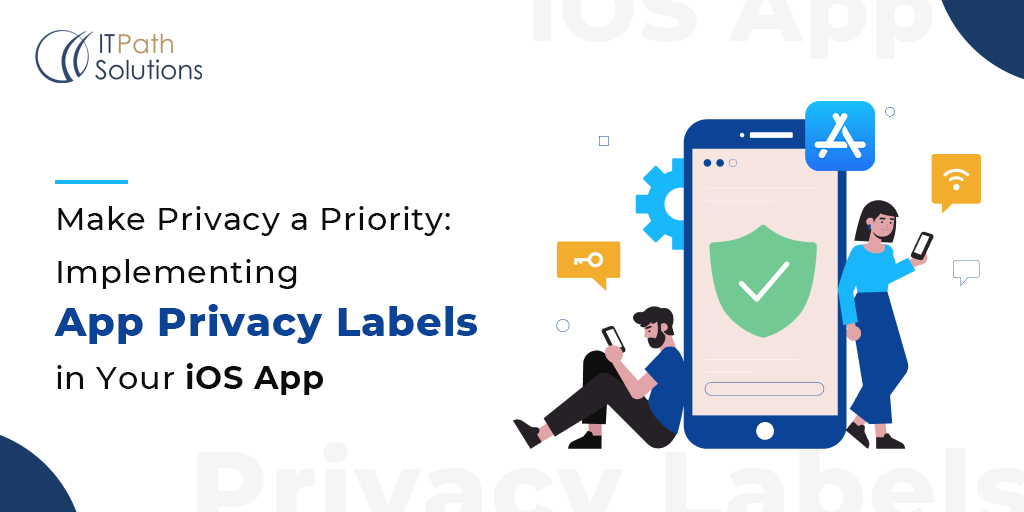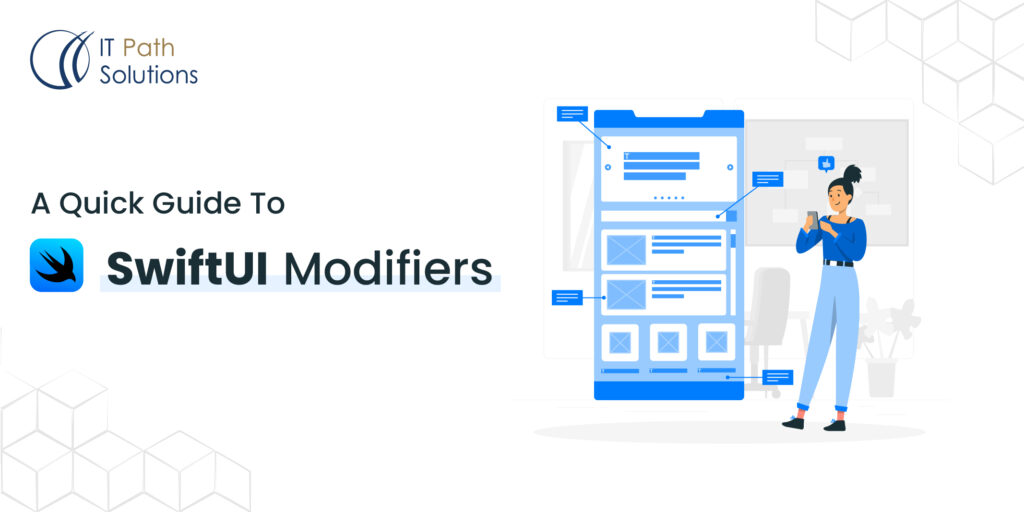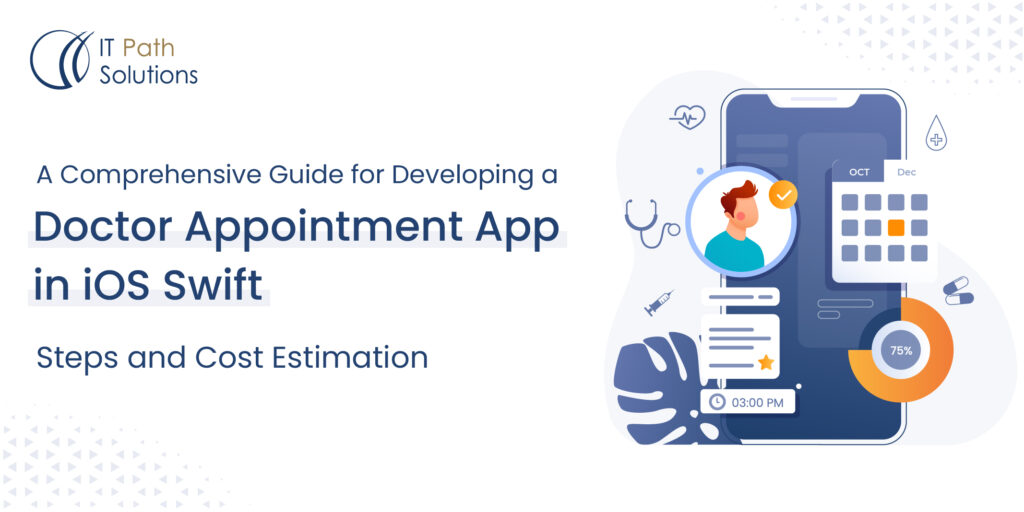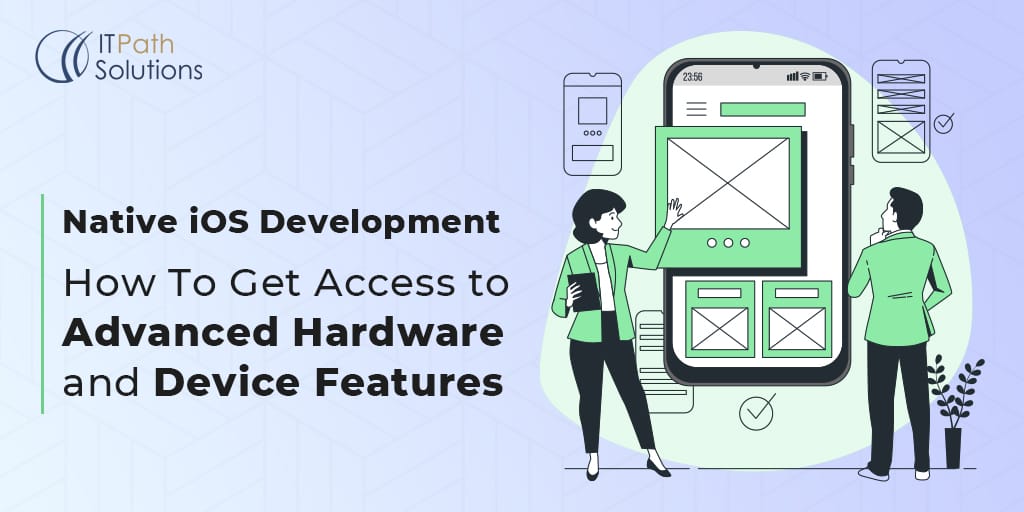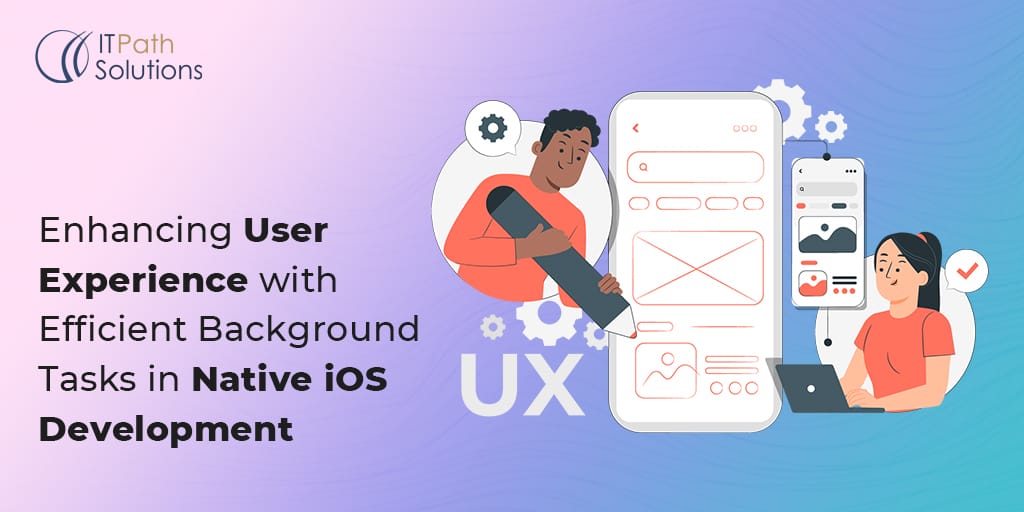Empowering Seamless Offline Experiences: The Dominance of Native iOS Development
iOS App Development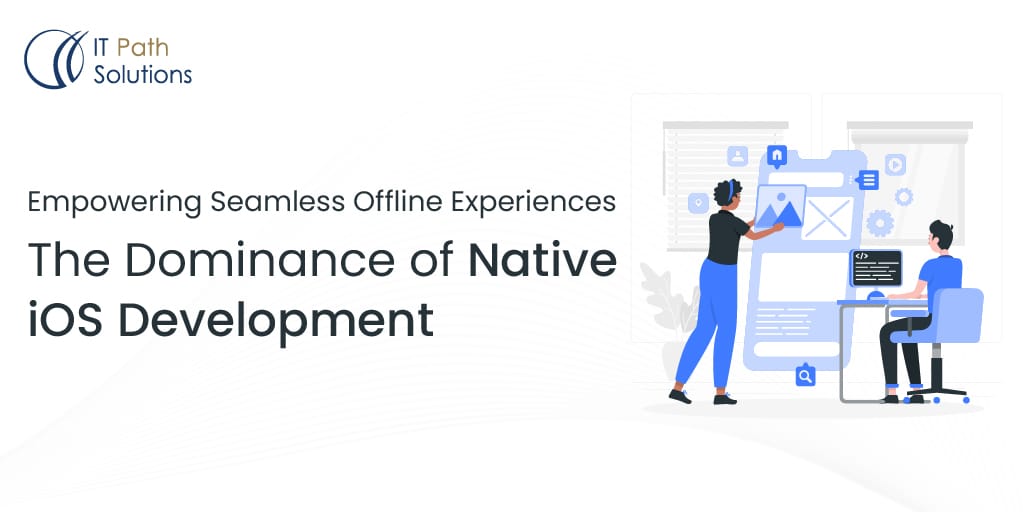
Introduction
In an era of increasing global interconnections, the demand for mobile applications that exhibit flawless functionality remains unwavering, even in circumstances characterized by minimal or nonexistent internet connectivity. As a result, the integration of offline mode support has risen to prominence as a pivotal determinant in gauging the triumph and contentment of users engaging with mobile apps. Amid the landscape where hybrid platforms such as React Native and Flutter present the allure of expediency and the advantage of cross-platform capabilities, the Native iOS development approach shines luminously as an exceptional choice, notably distinguished by its capacity to furnish a resolute foundation for ensuring unfaltering offline mode performance.

Fig.1 : – Top 7 Features of Offline Mode Support
-
Native Performance Advantage for Custom Native iOS Development
Native iOS development allows developers to leverage the full potential of the iOS platform, resulting in apps that are finely tuned for performance. Native apps can take full advantage of device capabilities and optimize their resource usage, ensuring smooth operation even in offline mode. This performance edge is particularly crucial when navigating through complex data or processing transactions while disconnected.

Fig.2 : – Expected Performance of Native Applications
-
Access to Native APIs
The imperative nature of offline mode within applications frequently necessitates a strategic orchestration of data synchronization, astute caching mechanisms, and the judicious handling of background tasks. Eminent in this domain is the Native iOS development sphere, which opens up a boundless expanse of access to a rich tapestry of native APIs and frameworks. This expansive toolkit stands as a facilitator par excellence, streamlining the entire gamut of data management intricacies, seamless background operations, and the seamless enclaves of local storage. It is this very arsenal of APIs that empowers developers with the capacity to conceive and engineer sophisticated offline paradigms, meticulously calibrated to dovetail seamlessly with the distinctive prowess of iOS devices.

Fig.3 : – Access to Native APIs Illustration
-
Seamless User Experience
One of the primary benefits of Native iOS development is its ability to seamlessly integrate with the iOS ecosystem. Native apps can utilize system features like Core Data for efficient local data storage, background fetch capabilities, and Push Notifications to keep users informed of updates even when the app is not active. This ensures a consistent and intuitive user experience, regardless of the connectivity status.

Fig.4 : – Seamless User Experience Can Be had With Offline Support
-
Robust Offline Data Storage
In an era where offline access to data stands as an unwavering user expectation, the Native iOS development landscape rises prominently to the occasion. Within this dynamic environment, a robust array of offline data storage solutions, exemplified by stalwarts like Core Data and Realm, emerges to address the intricate demands of caching, synchronization, and management with consummate efficiency. The hallmark of these solutions lies in their ability to orchestrate a harmonious union between online and offline realms, thereby ensuring that users can seamlessly interface with the most current data iterations regardless of their digital connectivity status.

Fig.5 : – XCode Providing Core Data Model functionality to store data in offline & online both mode until app is uninstalled.
-
Optimized UI and User Experience
Native iOS apps adhere to Apple’s Human Interface Guidelines, resulting in apps that look and feel native to the platform. This consistent design language extends to offline mode, where users can interact with the app intuitively, relying on familiar gestures and interactions. Hybrid apps might face challenges in replicating this level of user experience across various platforms.

Fig. 6: – UI Can be Optimized More Efficiently.
-
Advanced Debugging and Performance Monitoring
Native iOS development offers robust tools like Xcode and Instruments, which empower developers to debug and monitor app performance comprehensively. This level of visibility is essential for identifying and addressing issues that could affect offline mode functionality, ensuring a seamless experience for users.

Fig. 7 : – XCode App Performance monitoring logs.
-
Security and Privacy
Offline mode often involves working with sensitive data. Native iOS development benefits from Apple’s stringent security measures and privacy guidelines, ensuring that data stored locally is well-protected. Native apps can leverage iOS features like Keychain for secure credential management, which contributes to a safer offline experience.

Fig. 8 : – Apple Security & Privacy
Conclusion
While hybrid platforms have their merits, the unique advantages of Native iOS development make it the superior choice for apps that require robust offline mode support. The ability to harness native APIs, provide seamless user experiences, optimize performance, and ensure data security positions Native iOS development as the gold standard for delivering exceptional offline mode capabilities to users. As developers prioritize the offline user experience, the decision to opt for Native iOS development becomes even more compelling.
 Healthcare
Healthcare  Education
Education  Real Estate
Real Estate  Logistic
Logistic  Fitness
Fitness  Tourism
Tourism  Travel
Travel  Banking
Banking  Media
Media  E-commerce
E-commerce  Themes
Themes
 Plugins
Plugins
 Patterns
Patterns

